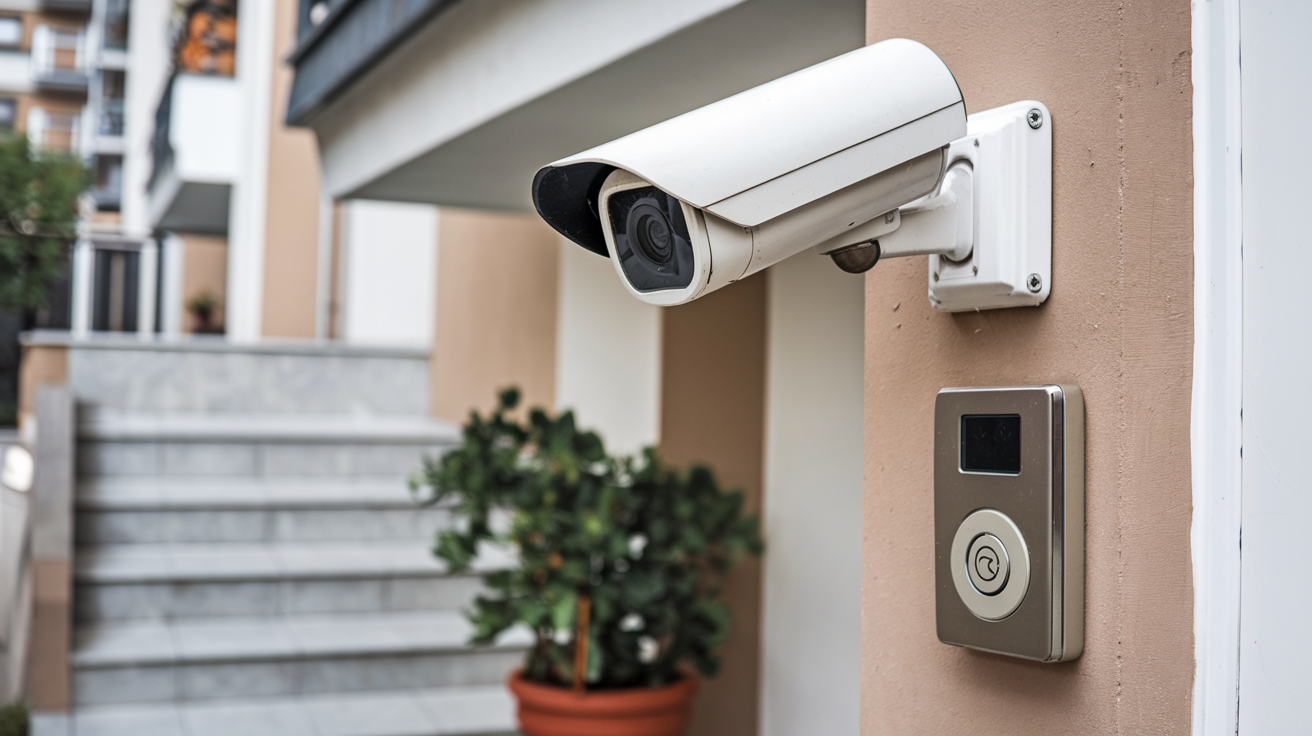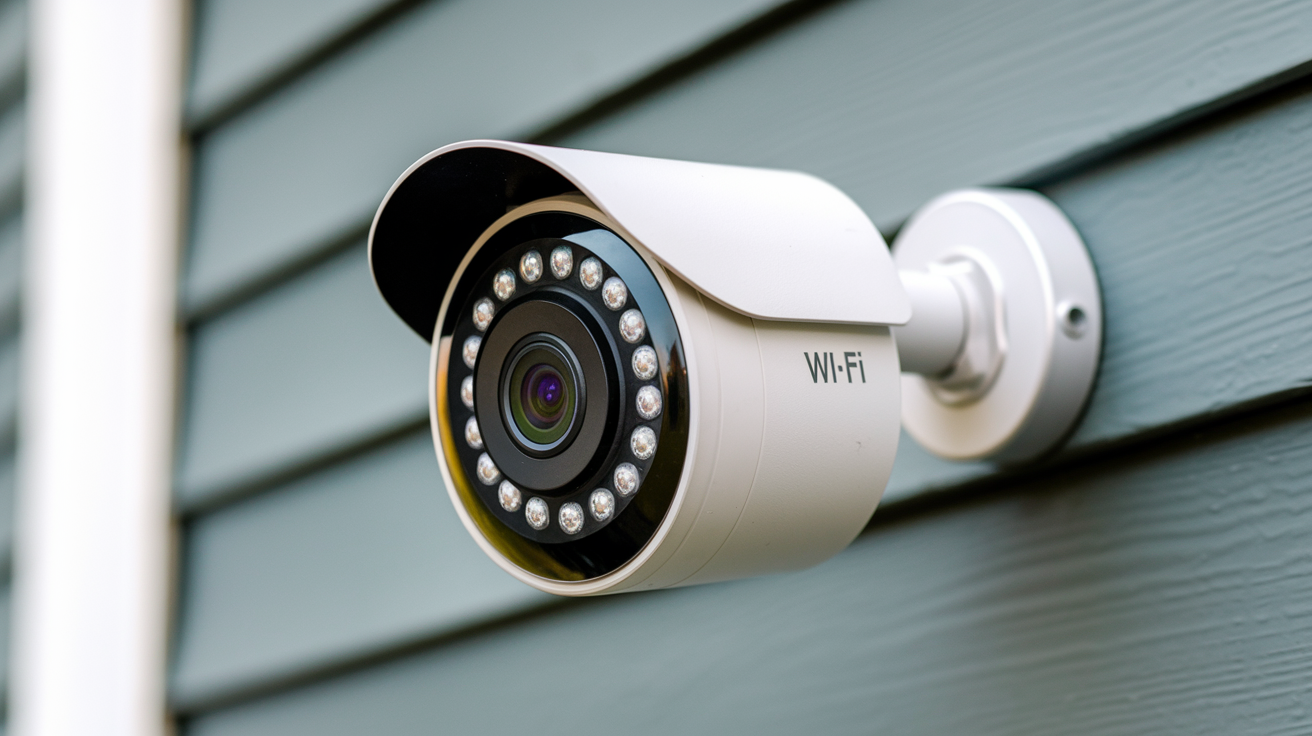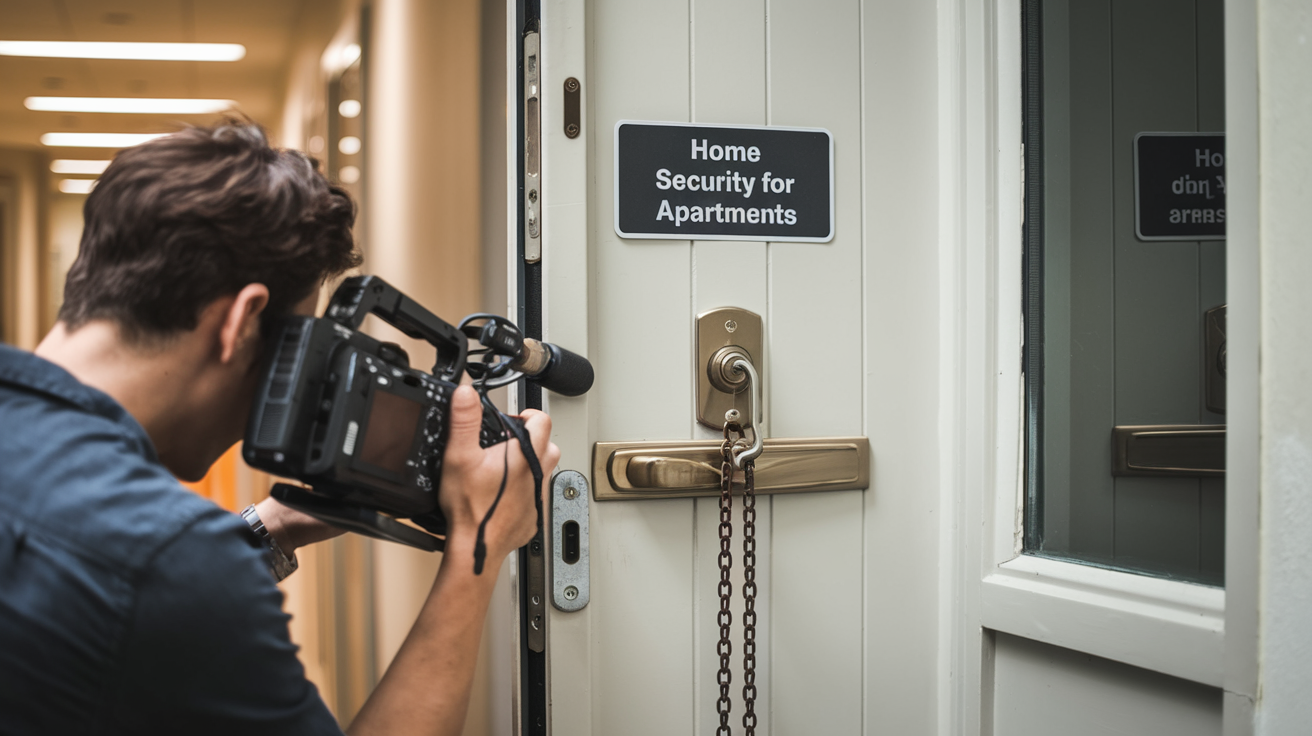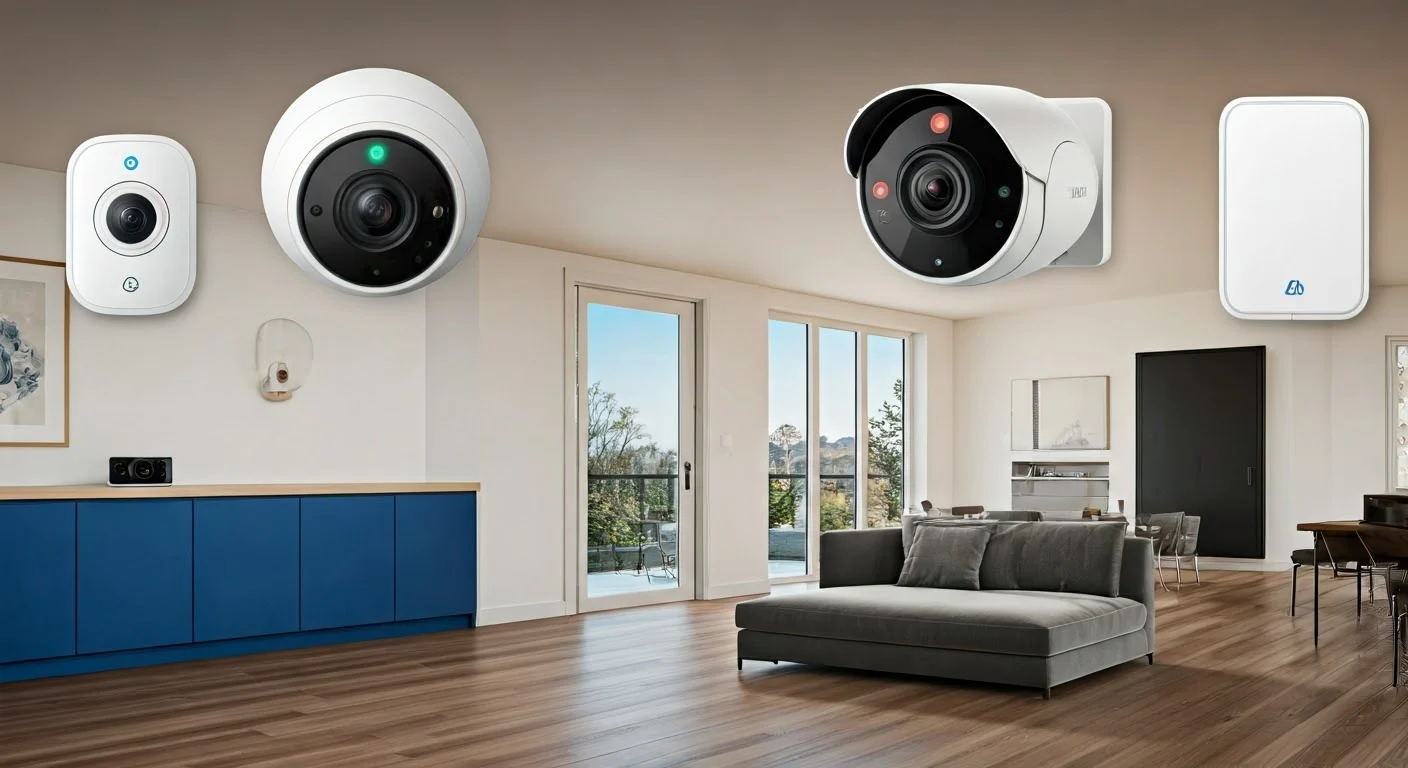Home security system installation was once a process that meant having wires all over your house, hiring professional help, being locked into multi-year monitoring contracts, and spending thousands of dollars. Not anymore! Gone are the days when only wealthy homeowners could hire professional security companies to install security systems in their homes because modern home security products are very affordable and the security devices are wireless.
A do-it-yourself wireless Best security Cameras can be bought with only the equipment that is required, takes less than an hour to establish, and does not require costly monthly fees to be wired or monitored. Most DIY kits come with smartphone applications that enable you to monitor your cameras and get an instant notification when there is something fishy. Some even use voice assistant devices, for instance, Amazon Alexa.
Advantages of wireless security systems for do-it-yourself installation
Convenience – No wires and easy self-installation means that setup can be done in one afternoon at most. It occurs on your phone, from any location.
Cost - Basic DIY systems cost around 150 dollars with a few devices in the basic package. No costly professional installation or monthly charges.
Ease of Use - Choose specific devices from various brands depending on your requirements and home layout instead of being restricted to a set of wired systems.
Control – DIY systems are a perfect example of ‘do it yourself’ systems where the users are in total charge. Plug in or unplug devices as desired, change settings on the fly, and connect to data sources directly. No long contracts.
Mobility – Wireless gadgets can be taken from one room to another within the house and even taken to vacation homes during holidays. That is something that can be tried with wired alarm systems!
Elements of Do-It-Yourself Wireless Security
While offerings vary across brands like SimpliSafe, Ring Alarm, Wyze, and Abode, most basic DIY systems require these core devices:
Base Station The brains of your wireless operation ensure all your devices are on one secure network while also giving the app permission to receive and send notifications. Additional options such as cellular or battery backup offer additional security if electricity or an internet connection is lost.
Motion Sensor It detects motion and can usually distinguish between people, pets, or other reasons for alarms to avoid false alarms. Inform the home residents of the activity and activate the cameras or the siren system.
Entry Sensor Having two parts when armed with magnetism, the opening of a door or window will cause the magnets to disrupt and inform you about the violation of access via notifications.
Camera Indoor and outdoor cameras offer live viewing, motion-activated video recording to the cloud, vision in the dark, the ability to talk through the camera, and full compatibility with the other components.
Keypad Most of the operations are performed using the mobile application, but to arm and disarm the system, code-protected wall-mounted keypads are available.
Considerations When Self-Installing
There are differences between the security brands, however, all are easy to set up, wireless, and can be installed by the homeowner. You may require a drill, screwdriver, or hammer to fix the devices though the process is rather simple and easy for beginners. Adhere strictly to installation instructions and ensure sensors are well fixed using adhesives or using existing screws in the house. Install motion sensors strategically to achieve a clear line of sight and also avoid blocking these sensors. Cameras also need to be placed in the right spots to get the best data.
During setup turn the test detection ranges and after that walk through the zones to ensure that activity did set off alarms and notifications. Adjust the position of the devices as may be necessary to ensure that blind zones are not created or false alarms are generated. Including emergency contact information and system codes means some planning on who is going to be notified and who is going to be commanding security.
The disadvantage of do-it-yourself security systems is that they give protection at a low cost, however, there is no professional monitoring hence, you or anyone you designate will have to respond to any threats that the system recognizes – all it can do is alert you or the people you have specified and not call emergency services on its own. Those who desire a third-party monitoring option may be able to opt for it on an individual basis. Another thing to think about is the possibility of expanding the system over time as needs are not constant. Begin with door and window protection and expand to interior/exterior cameras, smoke alarms, flood detectors, and other equipment for complete security.
Top DIY Brands
The company that has been widely recognized within the industry is SimpliSafe, which sells a foundation kit that includes coverage of a single entryway for approximately 230 dollars. Have a unique system to manage up to 41 devices, connect it to a $75 keypad, and use a free application. Ring Alarm comes with great features such as backup cellular connectivity in 200-dollar 5-piece kits for doors, windows, motion, and many more, at the entry point or in different rooms.
Abode differentiates itself with the only DIY equipment that backs no-contract self-monitoring and professional monitoring via third parties like Alarm. com. Flexible plans eliminate long-term commitments. In early 2020, Wyze released a new inexpensive DIY security player, which concentrates on basic security such as entry, motion, and cameras while avoiding the complex smart home ecosystem.
Regardless of the system that you opt for, wireless DIY security offers safety and monitoring without hiring installation services or regular monitoring charges. For whole home coverage with the ability to control the system through one’s mobile devices, self-installed systems keep residents safe without exorbitant costs and installation work that comes with wired systems. As new technologies emerge and make home security more convenient, affordable, and flexible, the demand for DIY installation of security systems will continue to grow across the board.
Protect your home today with ADT’s top-rated security solutions!
Call now at +1 877-470-7879 to get a free consultation and find out how you can secure your home with the best in the business. Don’t wait—ensure your peace of mind with ADT!






